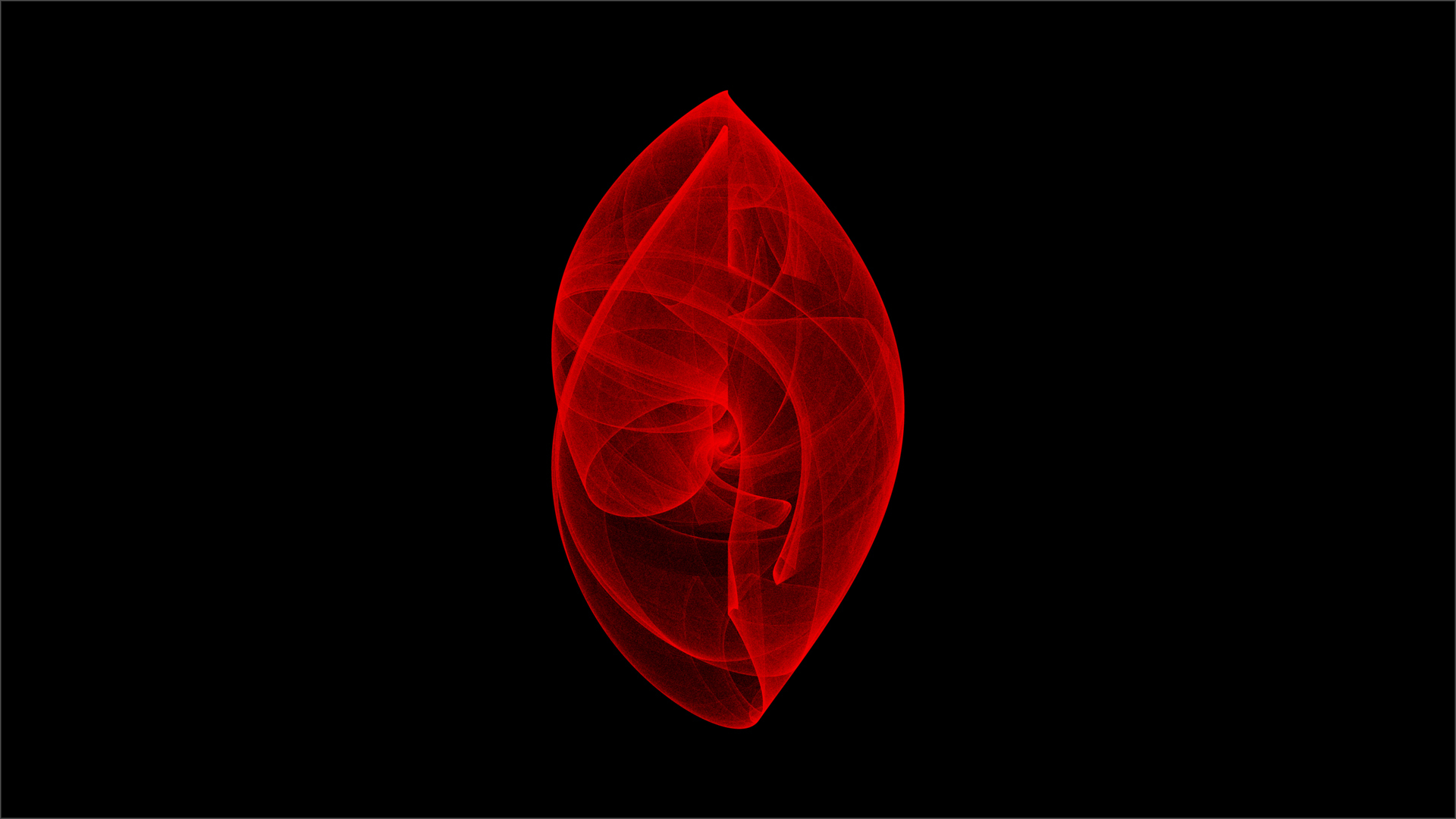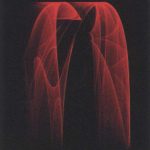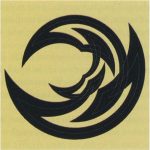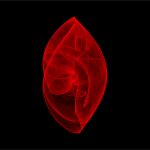Robert J. Krawczyk: The Art of Strange Attractors
Notice: Pod Template PHP code has been deprecated, please use WP Templates instead of embedding PHP. has been deprecated since Pods version 2.3 with no alternative available. in /data/siggraph/websites/history/wp-content/plugins/pods/includes/general.php on line 518
Artist(s):
Title:
- The Art of Strange Attractors
Exhibition:
- DAC Online Exhibition 2016: Science of the Unseen: Digital Art Perspectives
-
More artworks from DAC Online Exhibition 2016:
Notice: Array to string conversion in /data/siggraph/websites/history/wp-content/plugins/siggraph-archive-plugin/src/next_previous/source.php on line 345

Notice: Array to string conversion in /data/siggraph/websites/history/wp-content/plugins/siggraph-archive-plugin/src/next_previous/source.php on line 345

Creation Year:
- 2016
Category:
Artist Statement:
My God is Machinery; and the art of the future will be the expression of the individual artist through powers of the machine – the machine doing all those things that the individual workman cannot do. The creative artist is the man who controls all this and understands it.” – Frank Lloyd Wright, circa 1901.
At the turn of the century, Wright and some of his contemporaries understood the role of technology in their art; I wish to better understand the role of current technology through my own art.
My art explores the potential of using digital media as a conceptual generator and as a production method. I write software that explores multiple series of a single concept or idea. The software enables me to express and produce any idea I wish. It helps me to better understand the underlying concepts of my work, as well as, produce exceedingly unexpected results. As with conceptual artists such as Sol LeWitt, the concept, in my case expressed in the software, becomes primary; the results are an interesting byproduct.
My overall interest is to investigate methods which can develop forms that are in one sense predictable, but have the element to generate the unexpected; the unexpected in a predictable way. The custom software becomes the instructions for producing the work itself.
The search for wonderment has always been basis of my explorations. Surprises come not from the arbitrary but from the meticulous and the orderly and the knowledge that there are no limitations for variation. These are all mere temporary sketches for a greater concept still not discovered.
Technical Information:
Media Used: These images were created algorithmically with custom written software, VisualBasic, using a series of related strange attractor equations with coloring schemes that bring out the time element of the computational process. Each was developed by the computation of between twelve-to-fifty-seven million points. A total of 24,000 images were generated from twenty-four equations. Each image was reviewed and then approximately 200 were selected for rendering. The value of the color, red, ranges from early time, nearly black, to recent time, bright red. Color is used to denote time, and the aggregation of color creates the illusion of dimensionality in the images.











